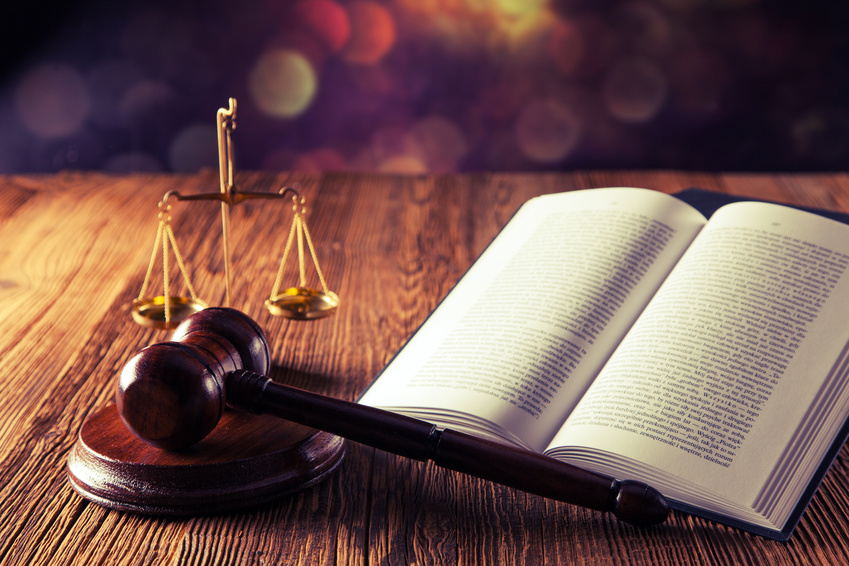Simple SEO Tweaks That Make a Big Difference for Personal Injury Websites
When optimizing a personal injury website for search engines, small changes can make a huge impact on both rankings and user experience. One of the most important tweaks is ensuring that the website’s content is keyword-rich without being overstuffed. Keywords related to personal injury law should be naturally integrated into the website’s pages, especially in headings, titles, and body content. Focusing on long-tail keywords, such as best personal injury lawyer in city or how to file a personal injury claim, can help capture more specific traffic from people who are ready to take action. Another critical SEO change is improving page load speed. Websites that load slowly are penalized by search engines and can frustrate users, leading to higher bounce rates. Speed improvements can be achieved by compressing images, leveraging browser caching, and using content delivery networks CDNs.

A fast-loading site is essential for retaining visitors and ensuring they do not leave before engaging with the content. Additionally, search engines like Google reward fast-loading sites, which can lead to better rankings and more organic traffic over time. Mobile optimization is no longer optional; it is a necessity. More people browse the internet on mobile devices than ever before, and search engines prioritize mobile-friendly websites. Personal injury law firms should ensure that their websites are fully responsive, meaning they adapt seamlessly to different screen sizes and load correctly on smartphones and tablets. This not only improves the user experience but also helps maintain a site’s position in search rankings. Mobile optimization involves designing simple, intuitive navigation that makes it easy for users to contact a law firm or schedule a consultation on the go. On-page SEO elements like meta descriptions, title tags, and alt text for images should not be overlooked.
These elements give search engines valuable context about the content of each page. Crafting compelling meta descriptions can increase click-through rates from search results, while optimizing title tags ensures that the main keywords are highlighted in search engine results pages SERPs. Proper use of alt text for images also helps search engines understand what’s on the page, which can contribute to better rankings, particularly in image search results. Building high-quality backlinks is an ongoing process that plays a significant role in SEO success. Backlinks from authoritative and relevant websites signal to search engines that the site is trustworthy and deserving of higher rankings. Personal injury law firms can obtain backlinks by creating valuable content, such as blog posts or articles, hop over to this website and by getting featured on local business directories or industry-related websites. Networking with other professionals, participating in legal forums, and guest posting on reputable blogs can all help build a solid backlink profile.
